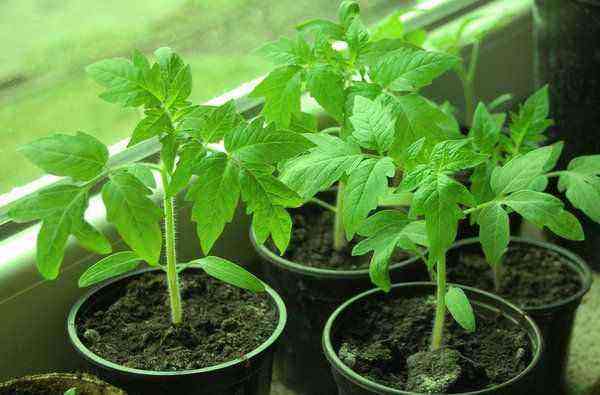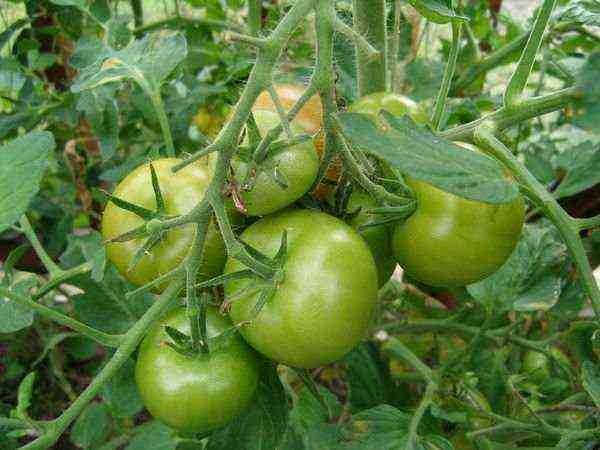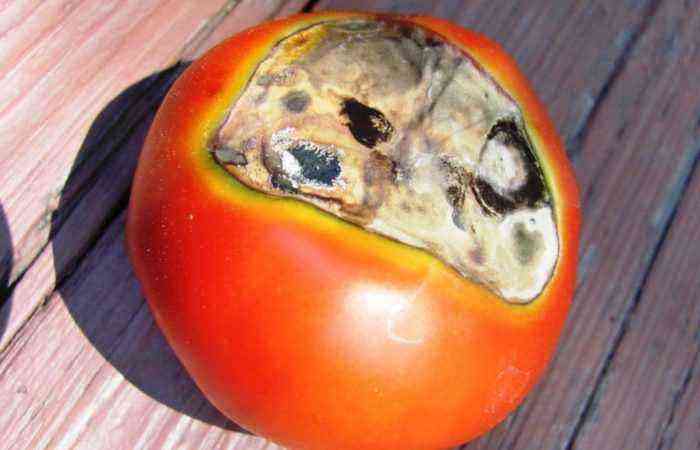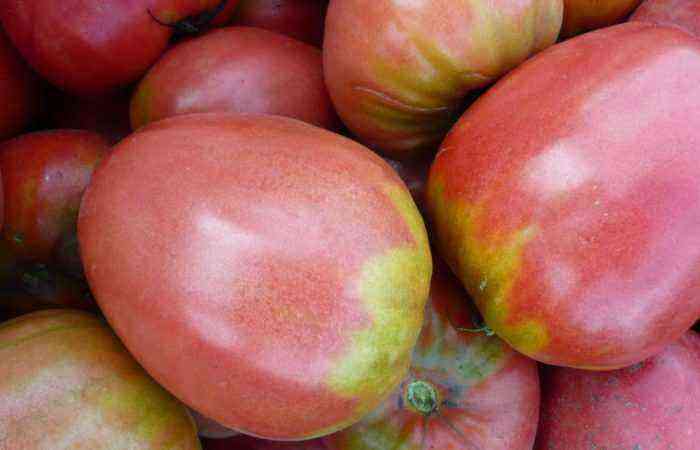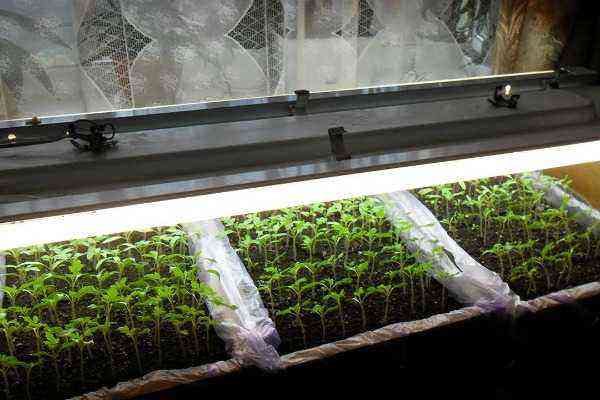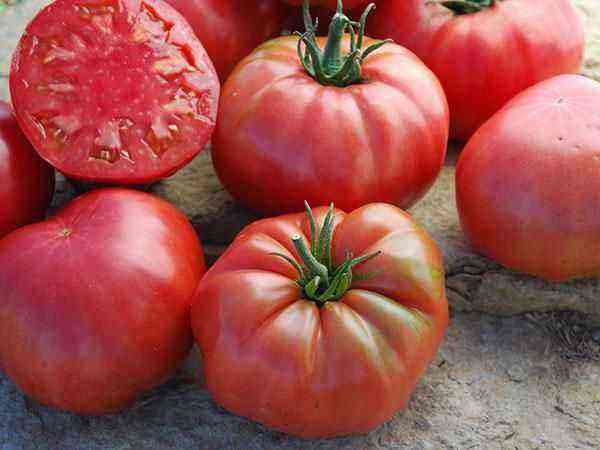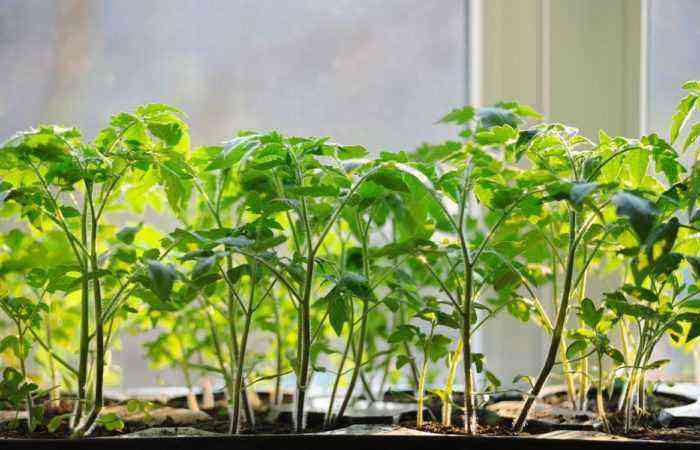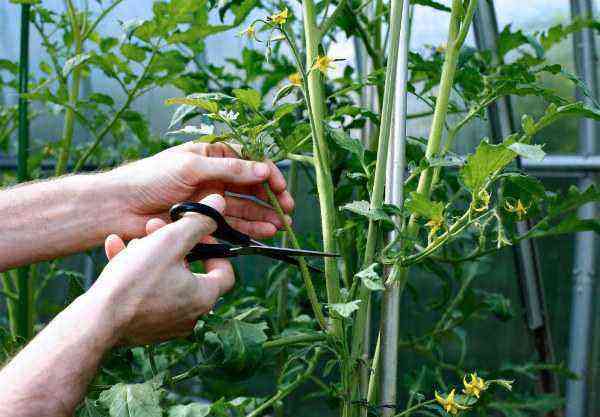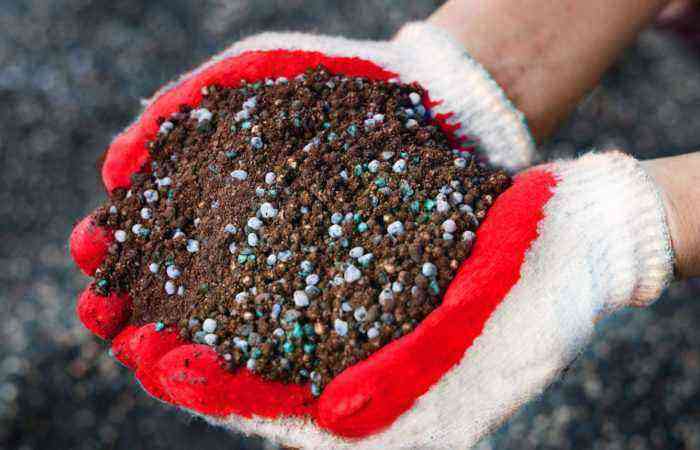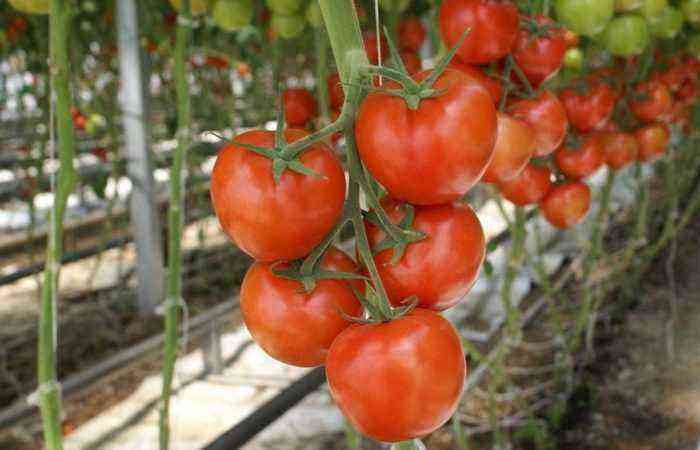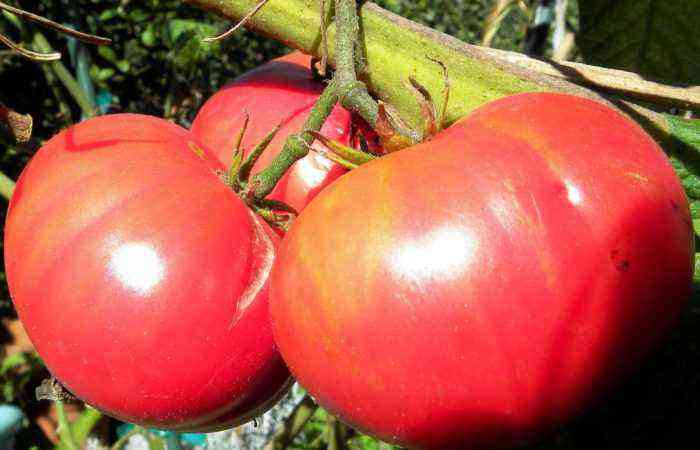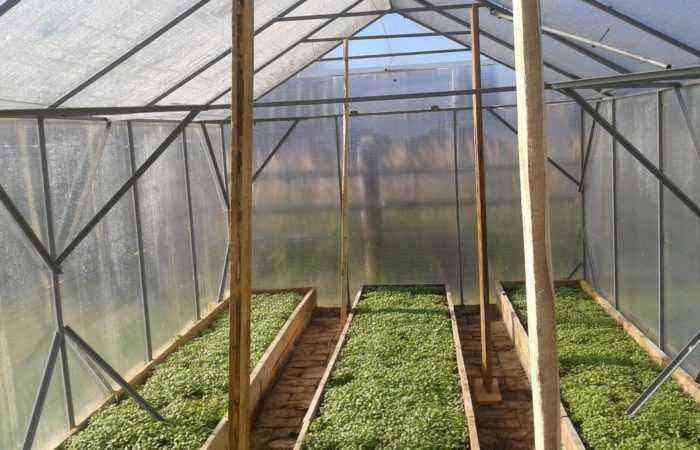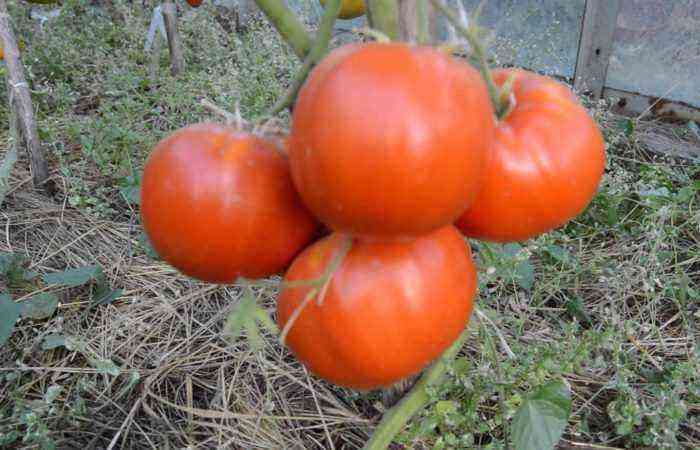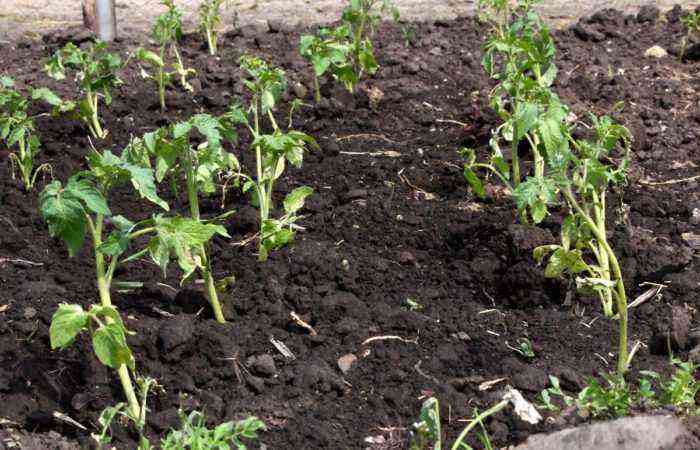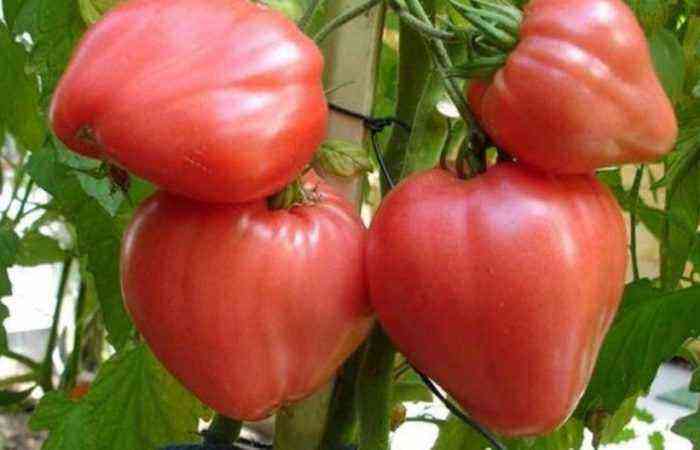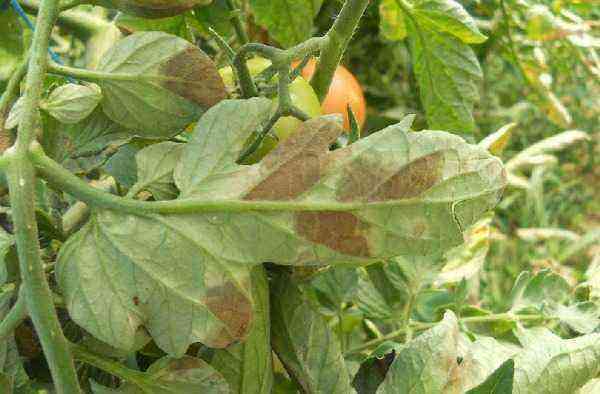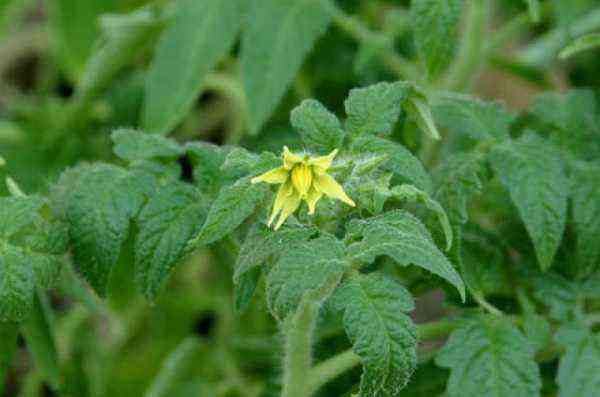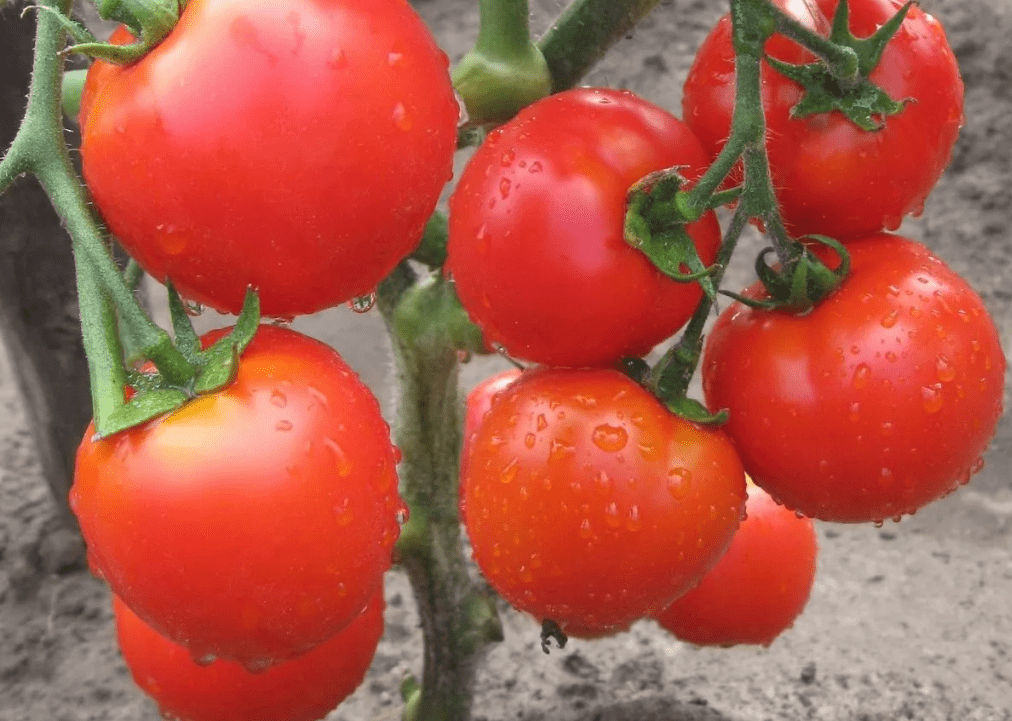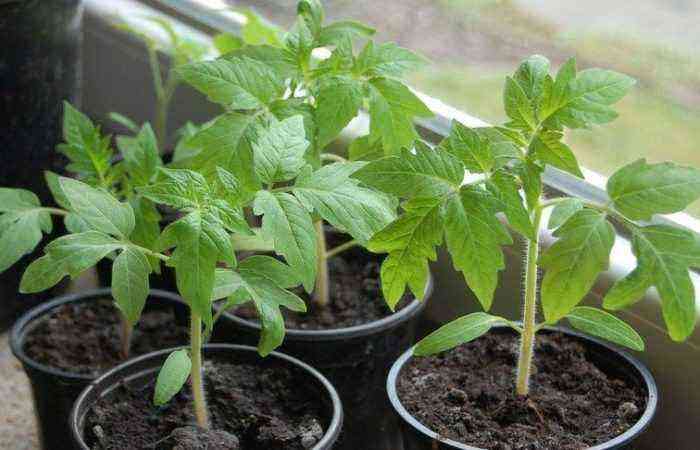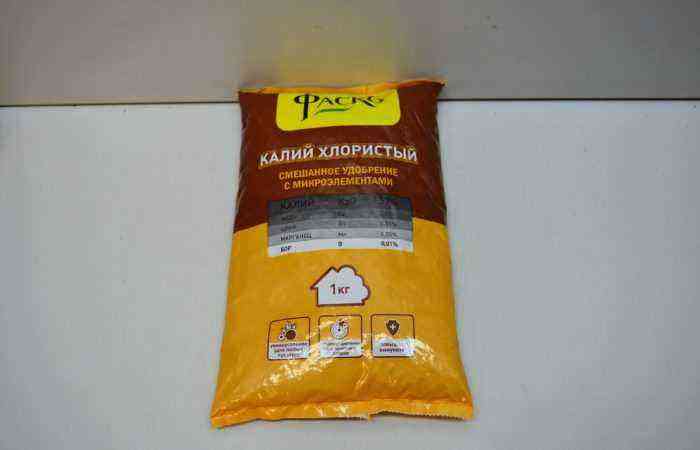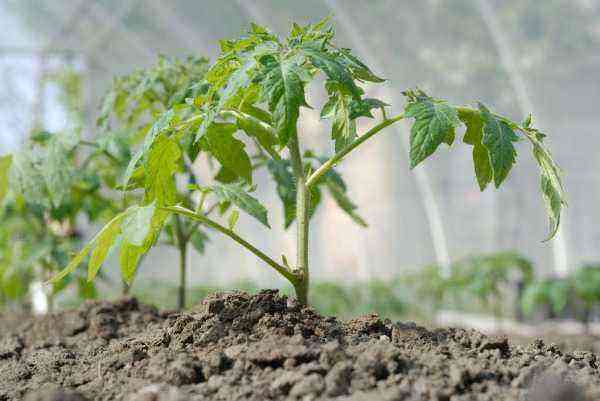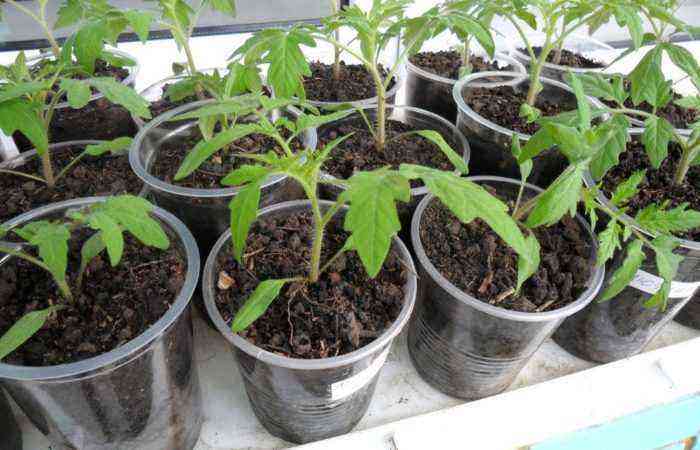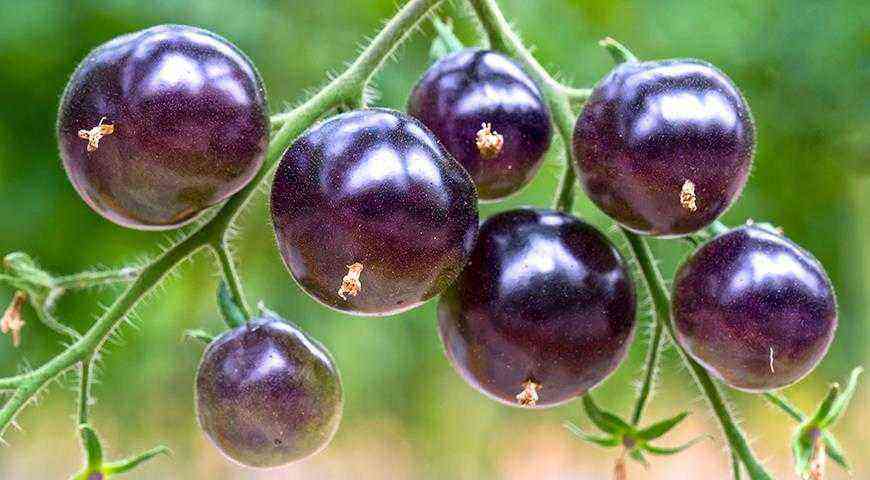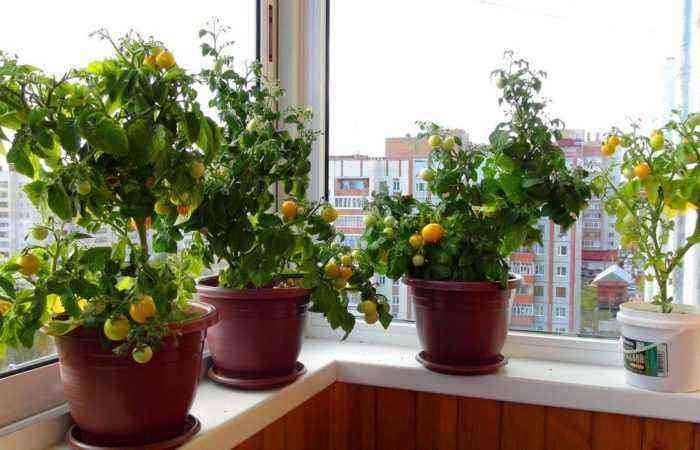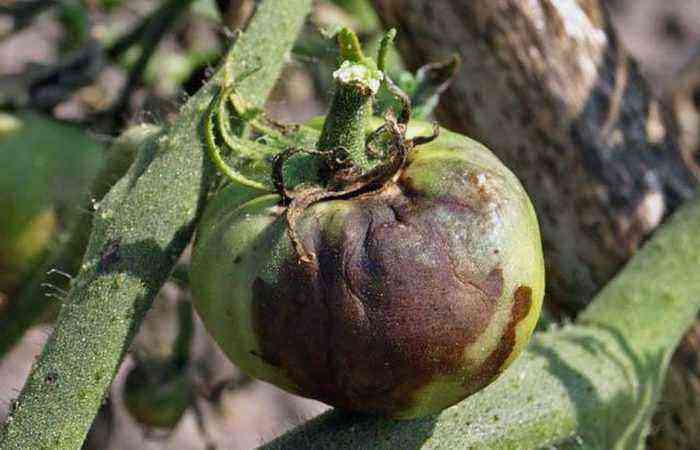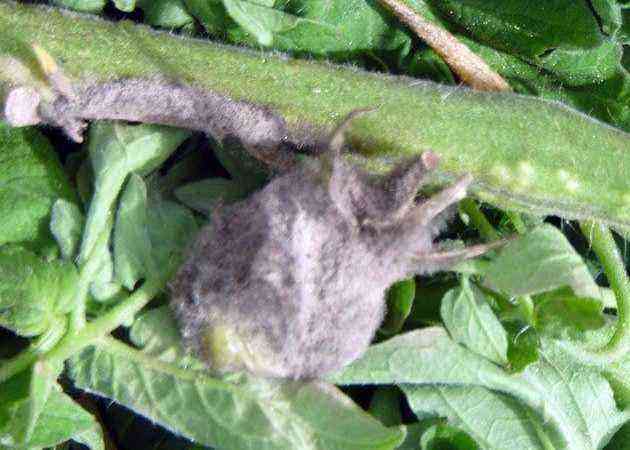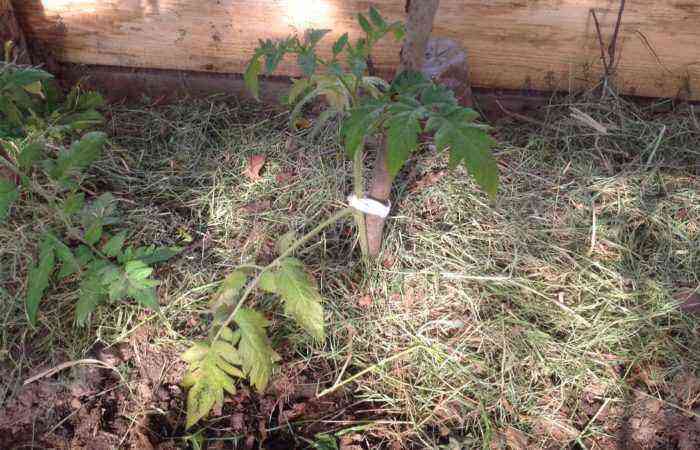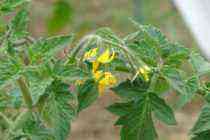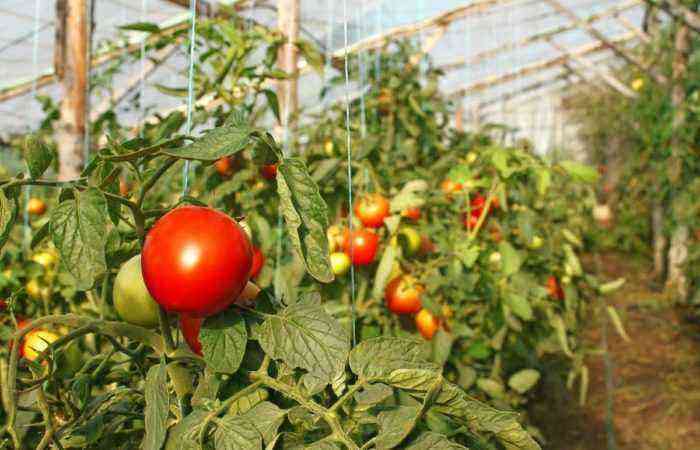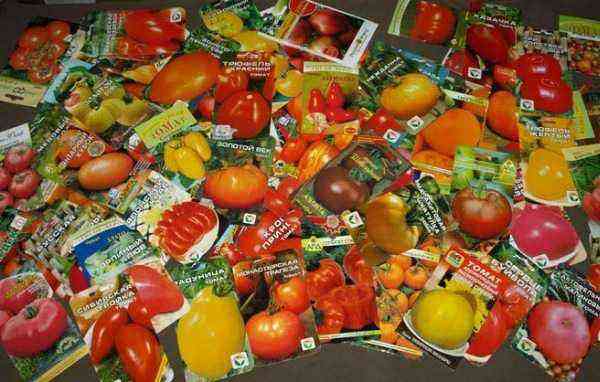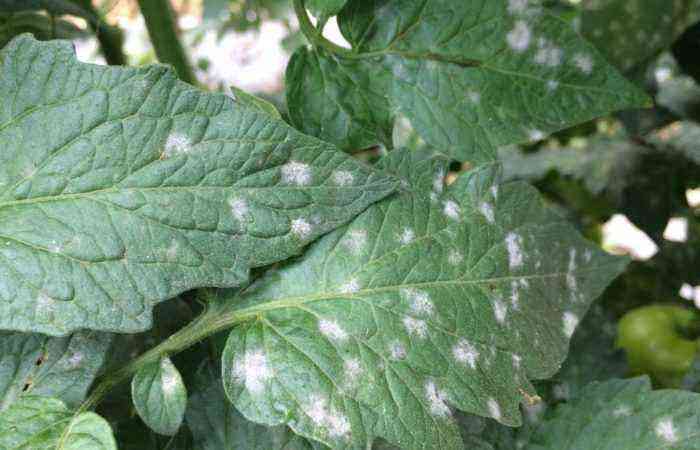There was a strong opinion: the most delicious and sweet ground tomatoes are those that are fully ripe in natural conditions in the garden. It is useless to argue, the increase in yield from picking tomatoes at the stage of technical maturity is small, the taste of such tomatoes is a purely subjective assessment.
Most often, they resort to the removal of unripe tomatoes because of necessity – the cold is approaching, and the fruits simply do not have time to ripen. Originally from the tropical belt of Latin America, tomato bushes do not tolerate cold weather at all: they begin to get sick with all possible fungal diseases. As a result, the tomatoes remaining in the garden rot on the vine.
To this scenario, the possibility of early night frosts is added, which will definitely destroy the planned late crop of tomatoes.
This is important to know: which picked tomatoes are suitable for ripening?
To get the maximum yield, the most delicious varieties of tomatoes, medium-late and late, need a well-thought-out bush formation. In the conditions of the Central region, on a bed of open ground, 3 lower brushes ripen in tomatoes, and then under favorable circumstances.
Even with careful adherence to all the recommendations of agronomists, no one is immune from the fact that the tomatoes do not have time to ripen:
- All plans for the harvest can be disrupted by the weather. Cold nights or damp rainy weather do not contribute to the ripening of tomatoes. To save the crop from rot, tomatoes must be harvested.
- Not all summer residents mercilessly pinch the top of the bush immediately above the 3rd flower brush. Due to forgetfulness, busyness, excessive pity for the plant or the desire to grow more crops, at the end of summer the bush is hung with green tomatoes of various sizes.
Summer residents know that tomatoes taken from a bush are able to ripen on their own.
This pattern does not always work. Instead of juicy red tomatoes, after a couple of weeks of ripening, you can get unappetizing shriveled tomatoes.
Another option is also possible: the tomato fruits plucked green will not turn red, but will rot. Not all green tomatoes are suitable for fruit ripening.
Extending the consumption of fresh tomatoes
Harvested in a state of milky-wax ripeness, tomatoes of medium late and late varieties can provide a daily presence in the menu of fresh tomatoes and dishes from them.
Such long-term storage of varieties such as “De Barao”, “Rio Grand”, “Bull’s Heart” and similar varieties with dense pulp and strong skin is best of all. For storage with ripening, it is desirable to collect tomatoes together with the stalk.
The numerous varieties of “Cherry” that are now popular are well stored right on the branches, tied in bunches and hung in a cool place.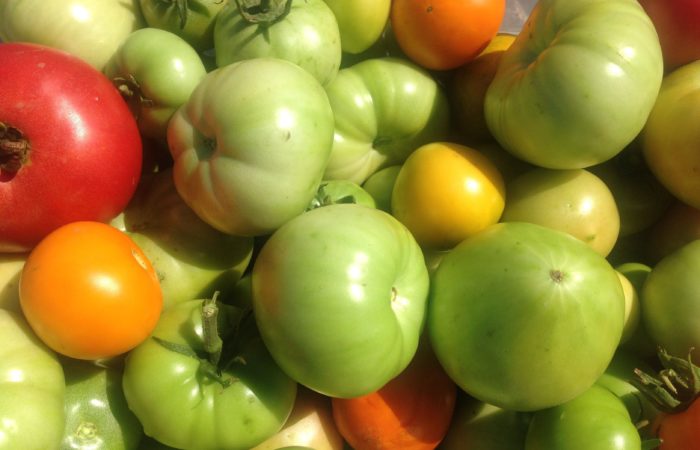
What unripe tomatoes should be taken
In the event of an unforeseen cold snap or the risk of crop death from phytophthora, it is better to remove all the fruits in advance, without waiting for the onset of an epidemic of fungal diseases and rot. Unripe tomatoes removed can be stored much longer than usual, until the New Year.
For ripening, it is necessary to take only strong and elastic fruits. The matte surface of the tomato indicates a possible infection with late blight – it is better to keep such fruits separately and quickly use them for food.
Tomatoes of varying degrees of maturity – green, milky-wax, brown, almost ripe – it is advisable to ripen separately.
Since large tomatoes ripen first, small ones much later, it makes sense when laying for ripening to sort the fruits not only by degree of maturity, but also by size.
Fruits that have gained a characteristic size are suitable for ripening, the degree of ripeness does not matter – green, brown, milky-wax ripeness or almost ripe. It is preferable to remove them from the bush in dry weather, if in the morning – after the dew has disappeared.
Conditions necessary for long-term storage and ripening of green tomatoes
The ripening time of unripe tomatoes harvested depends not only on the degree of ripeness of the fruit, but also on storage conditions, especially temperature.
- For long-term storage (until the New Year), the removed tomatoes need a temperature of 10-12 ° C and a humidity of 80-85%. Dry air will quickly make the fruit flabby and shriveled. Sunlight accelerates ripening – a darkened room is preferable for long-term storage.
- For quick ripening of tomatoes (7-10 days), a temperature of 20-24 ° C is required (house or apartment).
- For very fast ripening (only a few days), tomatoes are kept in the sun at an air temperature of 28-30 ° C.
It should be remembered that with accelerated ripening, tomatoes around the stalk remain an unripe dense area of yellow-green color. The fruits are soft, with a short shelf life.
Where to store green tomatoes
It all depends on the specific conditions and the number of green tomatoes harvested. In a country house or in a private house, it is convenient to use a veranda or outbuildings such as a summer kitchen for storing and ripening tomatoes. In a city apartment, you can adapt a balcony or loggia. The main thing is the presence of ventilation and free access for regular inspection of the saved fruits.
Storing and ripening harvested tomatoes
- A small amount of tomatoes can simply be laid out on a windowsill or shelf. This is the easiest way to notice the beginning of the appearance of rot.
- Medium and large-sized tomatoes collected for storage are placed in 2-3 layers in plastic mesh boxes. To prevent the appearance of drops of condensate, the fruits are shifted with newspapers or sprinkled with sawdust. The precautions taken do not cancel the regular revision of stocks – the reddened tomatoes are taken away, the spoiled ones are thrown away.
- As a variant of the container used, any dishes can be adapted for storing and ripening tomatoes – for example, pots. A prerequisite is the use of hygroscopic (newspapers, napkins, paper towels) material between the layers of tomatoes.
It is best to wrap each tomato separately – if spoiled, it will not damage neighboring fruits. This makes it more difficult to conduct a regular audit of stocks, but the efficiency is significantly increased: much less fruit goes into rejection.
The author of the video talks and shares tips on the methods of ripening green tomatoes.
Ripening tomatoes “on the bushes”
Even theoretically, it is preferable to store green tomatoes together with the cut mother bush – the nutrients of the stem and branches flow into the fruits during the storage period. Small tomatoes gain weight – become larger.
- Tomato bushes are removed from the garden along with the roots. In a barn or other dry, not very cold room, dug up bushes are hung upside down. There is an outflow of nutrients to the fruits, which creates favorable conditions for ripening and storing tomatoes.
- Dug bushes in a suitable warm room are dug in and maintain constant humidity in the root zone – large tomatoes ripen, and small ones gain weight. This ancient way of storing late varieties of tomatoes allows you to enjoy fresh fruits almost all winter.
- Cut stems and bunches of tomatoes are hung in bunches in the greenhouse, on the veranda, in the kitchen. A variety of “cherries” look especially decorative.
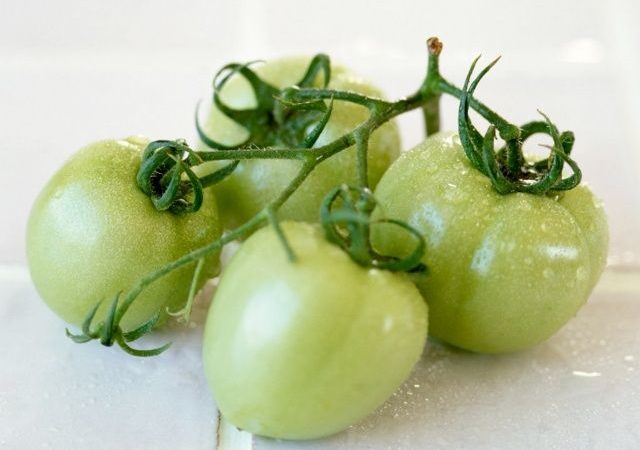
How to store tomatoes so they turn red faster
The process of ripening tomatoes, depending on the degree of ripeness of the fruit and the temperature in the room, can stretch in time for up to 40 days or more. There are ways to speed up this process.
The methods of artificially accelerating the processes of fruit ripening have a completely scientific explanation. All fruits (not only tomatoes) in the presence of ethylene C₂H₄ ripen many times faster.
The fruits not only ripen faster in the presence of ethylene, but also produce this gas themselves, which causes an additional acceleration of the process.
To maintain the required concentration of ethylene in the space between the fruits during ripening, it is recommended to cover the tomatoes with something: cloth, straw, etc.
Ethylene concentration can be increased locally in simple ways.
- A few completely red ones are added to green tomatoes.
- A couple of ripe apples or bananas are placed in a box with green tomatoes.
There are unusual ways to accelerate the ripening of tomatoes – for example, by injecting vodka or a solution of ethyl alcohol.
An injection is made into each tomato (corky area near the stalk) – 0,5 cm3 vodka. Ethylene is released from ethyl alcohol, which will speed up the ripening process.
Experienced summer residents advise unripe tomatoes to cover with red rags – it is believed that this way the tomatoes turn red faster.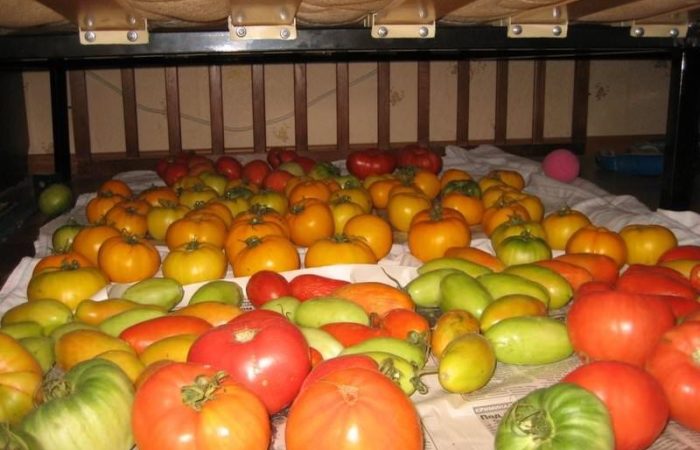
How to properly store ripe tomatoes
Proper storage of unripe tomatoes allows you to stretch the tomato season until the New Year and even longer.
- In the room where green tomatoes are stored and ripen, there should be good ventilation.
- Low air temperature for storing tomatoes is one of the key conditions. Optimally, the room should have a constant temperature
Ripening from 15 to 25°C, the higher the temperature, the faster the tomatoes ripen. Storage 5-7°C
The remaining recommendations relate to technical issues:
- Do not use too large boxes for storage and ripening. Tomatoes are laid in a maximum of 3 layers, shifting the layers with newspapers. Tomatoes stacked in bulk in a large box are inconvenient to sort out. In addition, 1 spoiled tomato is able to infect the contents of the entire box with rot at once.
- View tomatoes for the appearance of rot should be regularly – with an interval of 3-4 days.
- If you want to speed up the ripening of tomatoes by a certain date, add a few ripe red fruits or a couple of bananas to the box and cover with a red cloth.
Preserving and bringing green tomatoes to technical ripeness is not at all difficult. It is much more offensive to miss the moment when the fruits are not yet damaged by late blight or night frosts. Tomatoes picked from the garden in time can be stored for a long time and delight with a fresh taste until the New Year.
